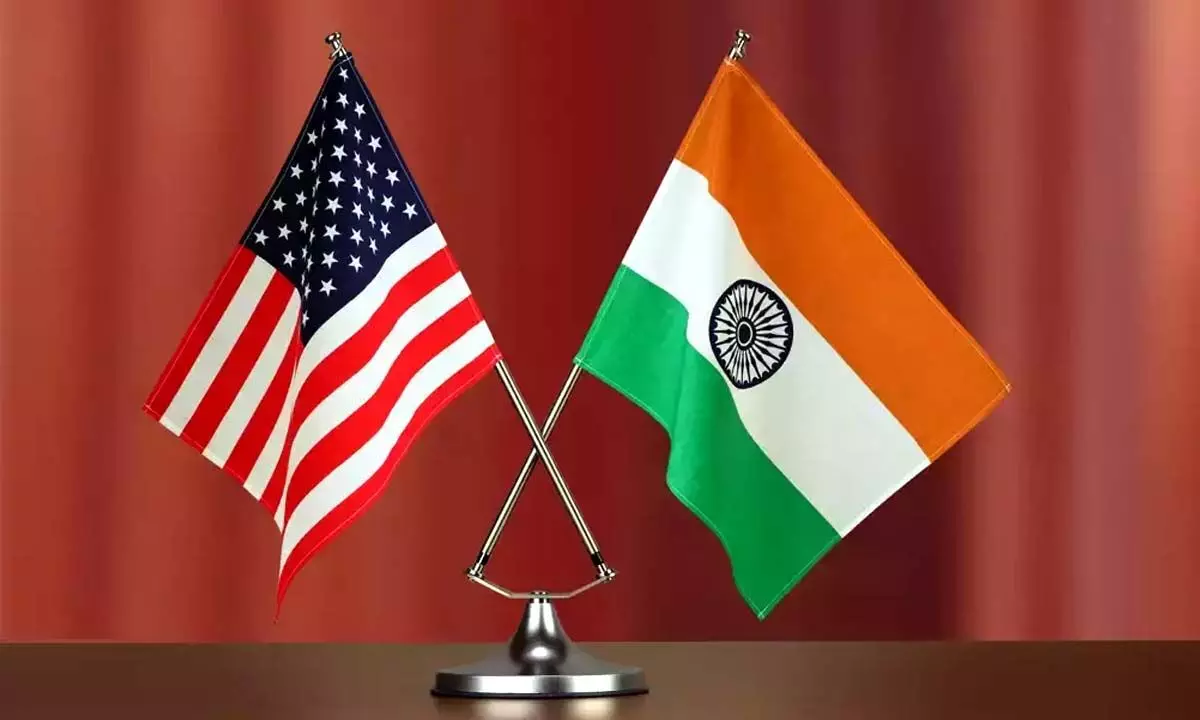From estrangement to friendship, Indo-US ties come of age
In 1993, Dennis Kux, a retired U.S. Foreign Service officer, wrote a book, ‘India and the United States: Estranged Democracies’. As a diplomat who spent much of his career working in South Asia
image for illustrative purpose

In 1993, Dennis Kux, a retired U.S. Foreign Service officer, wrote a book, ‘India and the United States: Estranged Democracies’. As a diplomat who spent much of his career working in South Asia, he examined the curious phenomenon of the world’s two largest democracies disputing with each other over a variety of issues. In the last three decades, thankfully, the estrangement has not only ended but ties between the two nations have strengthened across spheres, including political, economic and even military. Admiral John Christopher Aquilino, commander of US Indo-Pacific Command, emphasized the last two in his deposition to the House Armed Services Committee during a hearing on Indo-Pacific National Security Challenges. There is the Malabar series of exercises, which began as an annual bilateral naval exercise between India and the US in 1992. Japan joined the naval exercises in 2015, while the Australian Navy came on board in 2020.
India is a critical partner, Aquilino said, adding that the US is providing assistance to India “as it applies to cold weather gear and other capabilities that they would need, as they defend their north border. We are expanding our cooperation in the form of production as India tries to work to develop its own industrial base. So, C-130 critical components, helicopters and critical frameworks are made in India. That is expanding the partnership and moving them towards self-sufficiency and increased partnership with the United States.”
The two countries have come a long way since the winter of 1971 when, at the height of the Indo-Pak War, there was a real possibility of Indian and American soldiers fighting each other. What brought them together was the common threat from China. There has been a realisation in both democracies that fraternisation with China—in the 1950s by India under Jawaharlal Nehru and in the 1970s by Nixon-Kissinger—was a mistake. The realisation, which has a great deal to do with the abandonment of socialism by India, has resulted in good developments. The first was Indo-US proximity. The second was the increasing presence of our private sector in defence production. The Atal Bihar Vajpayee government opened up the defence sector for private companies in May 2001. Since then, 606 industrial licenses have been issued to 369 companies operating in the sector. In a boost to domestic manufacturing, the government has introduced reforms to encourage indigenous design, development and manufacture of defence equipment. The emphasis is on procurement of capital items from domestic sources. The industrial licensing process has been simplified with a longer validity period. Now, 74 per cent foreign direct investment is allowed under the automatic route. Also, the make procedure has been simplified.
There is also a scheme to involve start-ups and micro, small and medium enterprises (MSMEs). There have been reforms in the offset policy with thrust on attracting investment and transfer of technology. Defence industrial corridors are in the pipeline in Uttar Pradesh and Tamil Nadu. Admiral Aquilino opines that the US is assisting India in defence production. “We hope that assistance and cooperation grow, so that the two democracies get closer—and not just to counter China”. Indeed!

